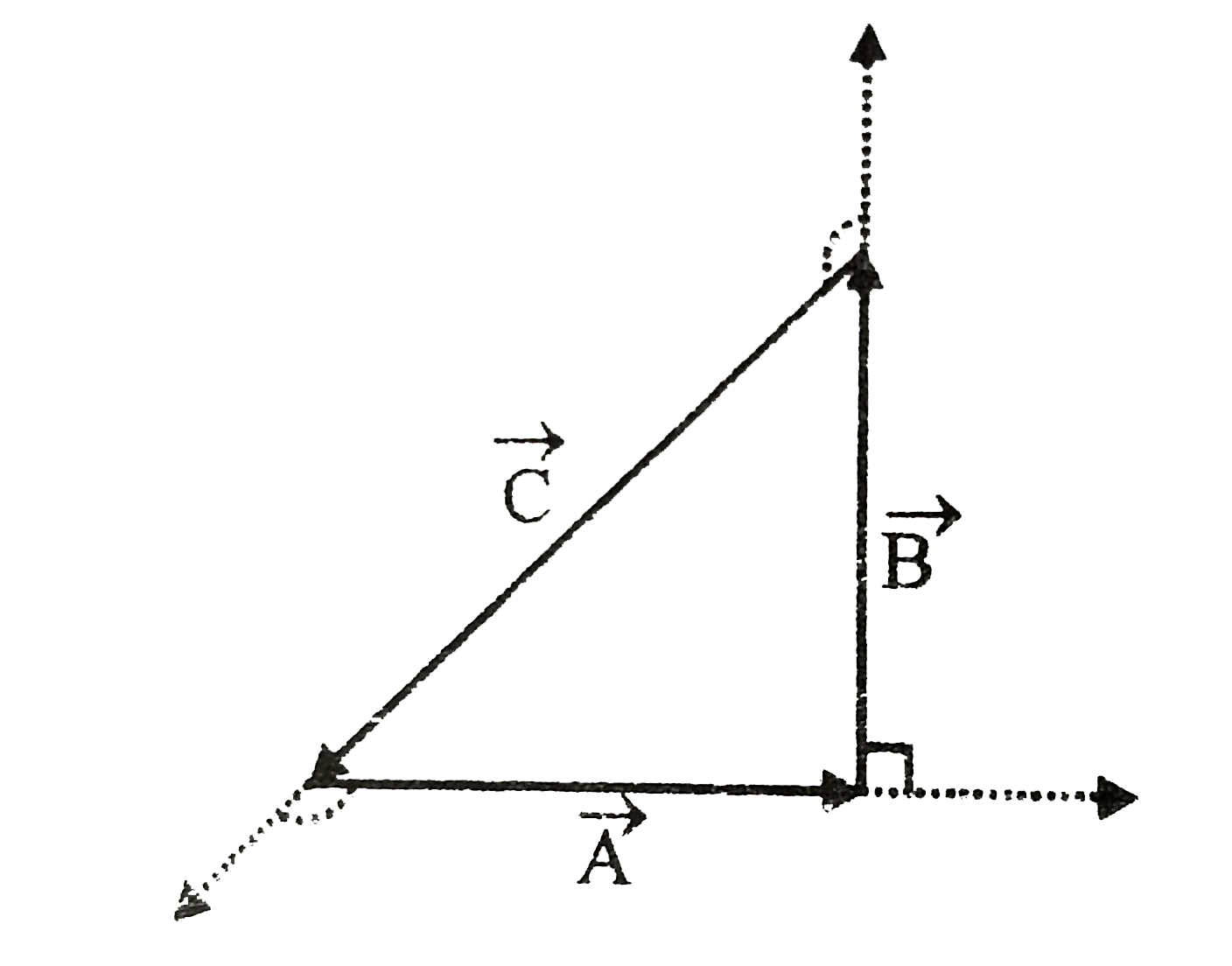A
B
C
D
Text Solution
Verified by Experts
The correct Answer is:
|
Topper's Solved these Questions
UNIT DIMENSION, VECTOR & BASIC MATHS
BANSAL|Exercise PRACTICE EXERCISE|4 VideosView PlaylistUNIT DIMENSION, VECTOR & BASIC MATHS
BANSAL|Exercise EXERCISE-1 [SINGLE CORRECT CHOICE TYPE]|20 VideosView PlaylistUNIT DIMENSION, VECTOR & BASIC MATHS
BANSAL|Exercise Exercise|10 VideosView PlaylistKINETIC THEORY OF GASES
BANSAL|Exercise Section-B|13 VideosView Playlist
Similar Questions
Explore conceptually related problems
Knowledge Check
Similar Questions
Explore conceptually related problems
BANSAL-UNIT DIMENSION, VECTOR & BASIC MATHS-Solved Example
- Given that vec(A)+vec(B)+vec(C )=vec(0). Out of three vectors, two are...
06:39
|
Playing Now - If a particle moves 5m in +x- direction. Show the displacement of the ...
01:04
|
Play - A car travles 6km towards north at an angle of 45^(@) to the east and ...
05:56
|
Play - A body is moving with uniform speed v on a horizontal circle in anticl...
02:16
|
Play - The sum of the magnitudes of two forces acting at a point is 18 and th...
06:02
|
Play - Let vec(a)=2hat(i)+3hat(j)-hat(k) , vec(b)=-hat(i)+3hat(j)+4hat(K). Ev...
02:06
|
Play - The torque of force vec(F)=-3hat(i)+hat(j)+5hat(k) acting at the point...
01:24
|
Play - The vectors from origin to the points A and B are vec(a)=3hat(i)-6hat(...
02:37
|
Play - A bouy is attached to three tugboats by three ropes. The tugboats are ...
09:43
|
Play - The angle subtended by the moon's diameter at a point on the earth is ...
04:00
|
Play - Find (dx)/(dt) (derivation of x with respect to t) (i) x=(t^(2)+1)^(...
01:19
|
Play - Find the derivative of y(x)=x^(3)//(x+1)^(2) with respect to x .
02:48
|
Play - The velocity of particle is given by v=sqrt(gx) . Find its acceleratio...
01:12
|
Play - If vec(r)=[ucos theta(hat(i))+u sin theta(hat(j))]t+(1)/(2)g(-hat(j))t...
01:33
|
Play - Find the value of definite integral:int(0)^(pi) ((pit)/(2)-(t^(2))/(2)...
01:16
|
Play - The velocity of a body moving in a straight line is given by v=(3x^(2)...
01:03
|
Play - Find(104)^(1//2)
01:01
|
Play
